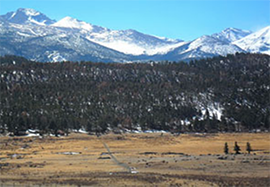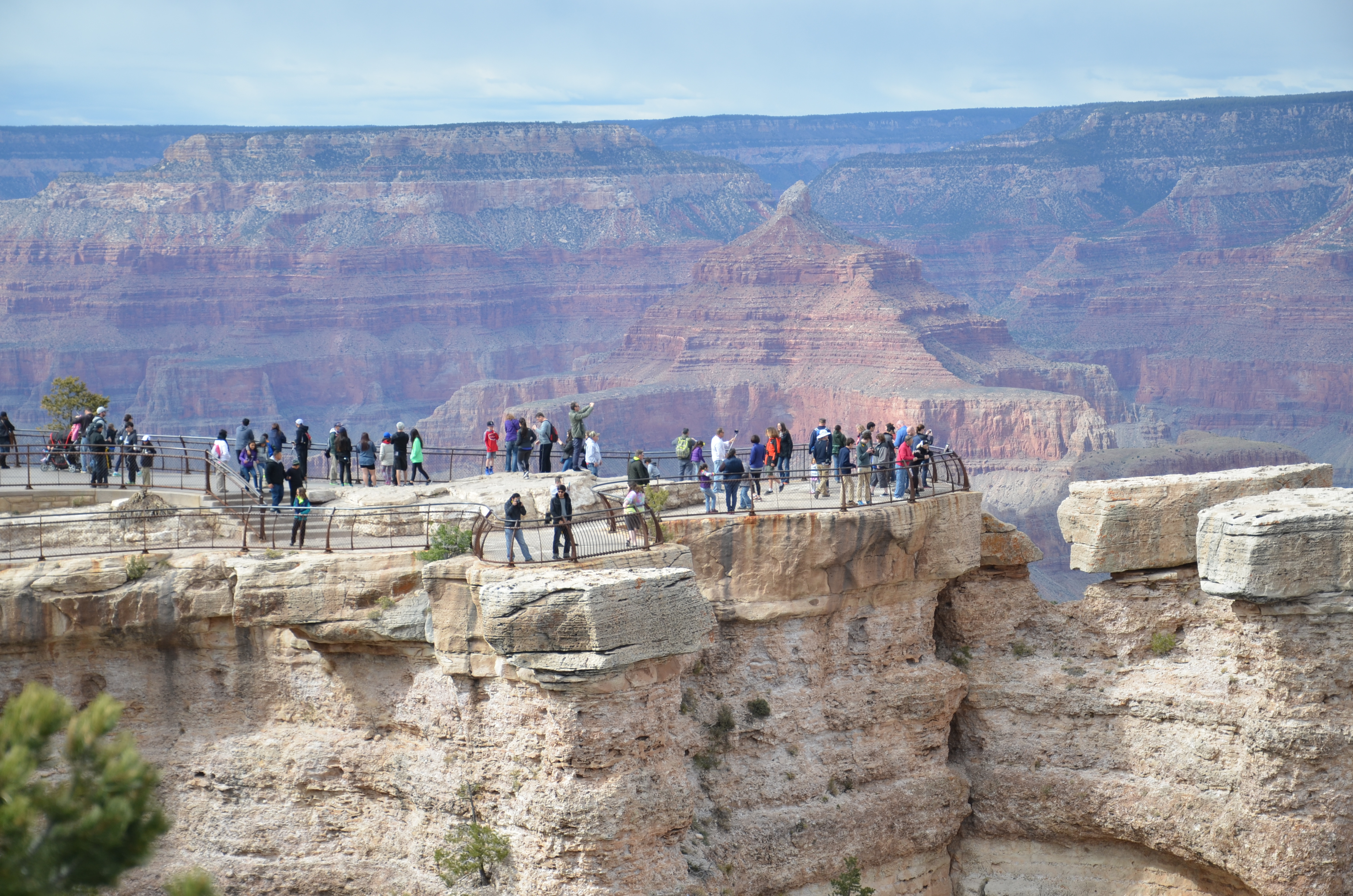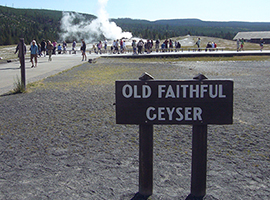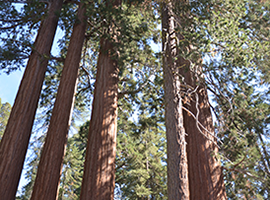Recent Stories
Alligators are top draw in Everglades
FLORIDA CITY, Fla. — “Daddy look!!! There’s another alligator!” Brian Sears, age 7, shouted pointing at the rippled surface of the water at the Anhinga Trail in the Everglades National Park. Most kids, as well as adults, are excited to catch a glimpse of an alligator but Sears has grownRead More…
Unique sequoia trees link to distant past
THREE RIVERS, Calif. — Sequoia trees were around long before we were born and they will remain long after we are gone. Located throughout the 865,964 acres of Sequoia and Kings Canyon National Parks, these trees are a true testament to the enduring power of nature. Besides being the largestRead More…
Sequoia-Kings Canyon offer rich history
THREE RIVERS, Calif. — Sequoia and Kings Canyon National Parks represent a rich history, that tells the story of a timeless landscape, and the people who helped preserve it. The parks are a part of the vast wilderness of the Sierra Nevada Range in California. The theme of the region,Read More…
John Muir: Father of our national parks
THREE RIVERS, Calif. — The magic of John Muir lives today in our public parklands and wilderness areas, and in writings and teachings about nature and our place in it. John Muir was a writer, naturalist and conservationist who helped preserve America’s natural environment. He was born April 21, 1838, in Dunbar,Read More…
Sequoia provides hikers with options
THREE RIVERS, Calif. – Sequoia National Park houses trails to please all levels of hikers, from adventurous visitors looking for secluded trails around the park to those looking for a leisurely stroll in the woods not too far from civilization. Such hikes provide visitors and locals with a chance toRead More…
Parks turn off phones, but switch on life
THREE RIVERS, Calif.—“When we try to pick out anything by itself, we find it hitched to everything else in the universe,” writer John Muir, known as the “Father of National Parks,” once said. Muir was trying to explain how all life is interrelated and why we should preserve nature. HeRead More…
Park junior rangers aren’t always kids
THREE RIVERS, Calif. — Recently, I traveled to Sequoia and Kings Canyon National Parks on a class trip. Michelle Fidler, the ranger in charge of public relations for the parks, met with us on our first day in the park. As my mind drifted to the mountains around me, FidlerRead More…
Relax, enjoy the quiet in Crescent Meadow
THREE RIVERS, Calif. — Sequoia National Park is one of the few places in the world with giant sequoia trees, including the General Sherman Tree — one of the largest trees on earth. As America’s second-oldest national park created in 1890 one week before neighboring Yosemite became a park, itRead More…
Development threatens future of parks
Runoff water, humans and wild animals coexisting in the same territory, invasive animal species and invasive plants, coral reefs dying— all these are affecting our national parks. And they are some of the issues that Everglades and Biscayne National Park face when commercial development gets too close. “Anytime you haveRead More…
Bats often maligned, but offer much
Due to their unique and unfamiliar appearance, bats have been cast by humans as frightening and ugly. Their nocturnal habits have automatically associated them as dark and evil. Bats can also thank the Romanian legend of Dracula, where a man turns into a bloodthirsty vampire bat at night and fliesRead More…
Water pollution continues to threaten parks
The greatest concern for environmental protection groups in South Florida, such as Friends of the Everglades, is the introduction of high levels of phosphorus in the waters of the Everglades National Park. “It only takes a tiny amount of phosphorus to change a lot in the environment in the Everglades,”Read More…
Parks’ volcanoes pose no imminent hazard
The 4.8 magnitude earthquake that occurred in the western part of Yellowstone National Park caused very minimal damage, however, led outsiders to believe a volcanic eruption could take place in the park soon. The earthquake, which occurred on March 30, lead to many animals fleeing the park. Scientists and parkRead More…






